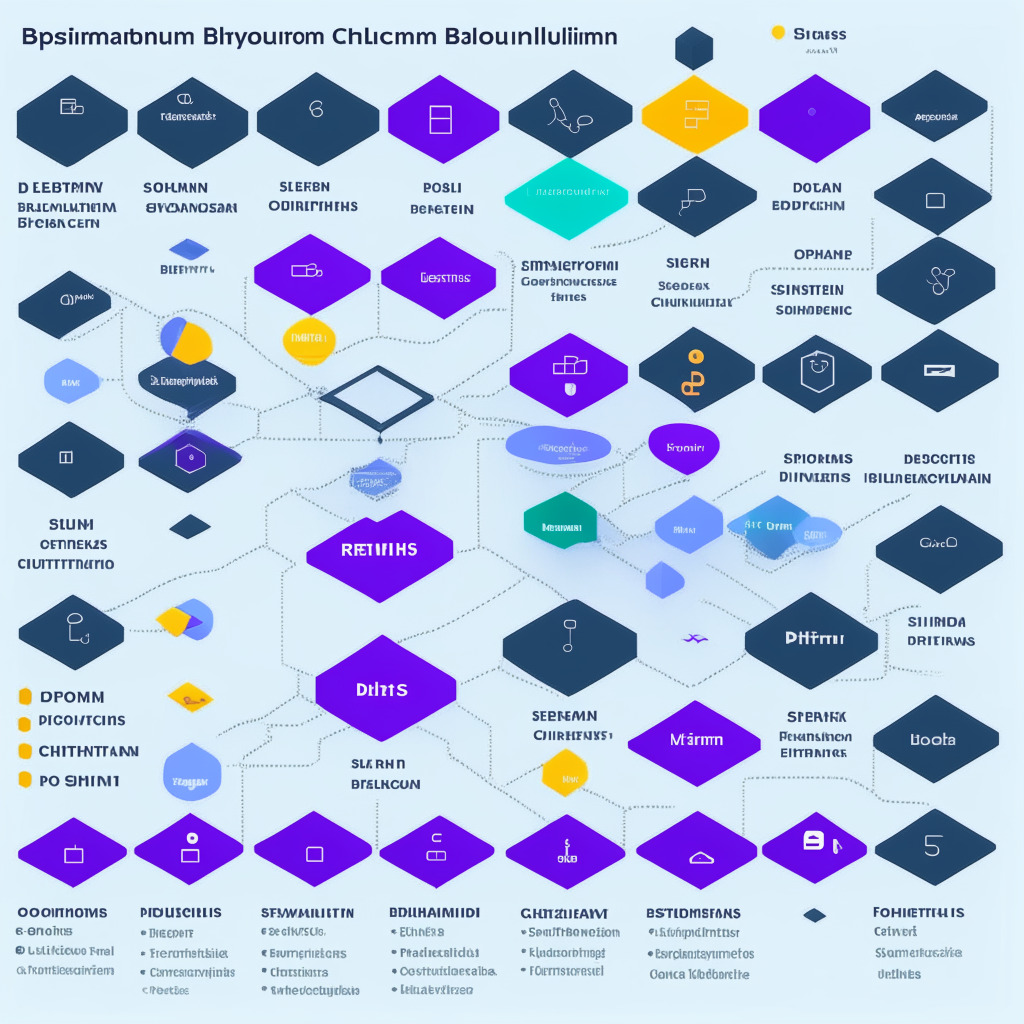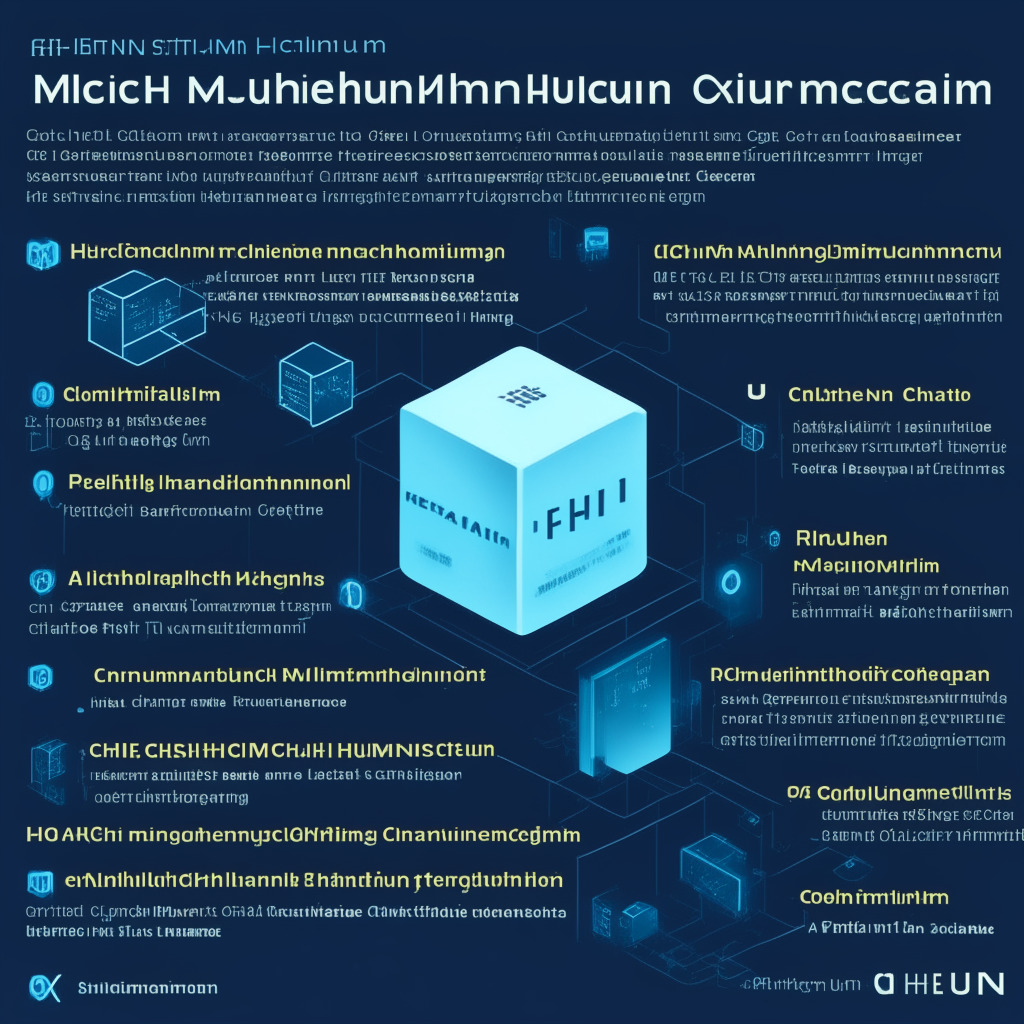“Connext and Alchemix have launched a new cross-chain token standard ‘xERC-20’ designed to enhance security and limit bridge exploit losses. This standard allows token issuers to maintain a record of bridges and control the number of tokens each bridge can mint, aiming to protect end-users from suffering losses. However, it doesn’t escape criticisms related to bridge security and the differentiation of ‘official’ and ‘unofficial’ tokens.”
Search Results for: Multichain protocol
Unraveling the Intricacies of Polygon’s Token Strategy: Maturing from MATIC to POL
Polygon, an Ethereum scaling solution, plans to change its native token from MATIC to POL. Touted as a “3rd generation token”, POL optimizes user experience across the protocol’s layer 2 ecosystem and enables holders to earn rewards as validators across multiple chains. This change prompts validators to embrace multi-chain roles, yielding varying rewards and potentially significant benefits.
Bridging the Blockchain Gap: Axelar’s Ambitious Project with Microsoft’s Azure Cloud Structure
“Axelar is working on constructing a blockchain-anchored tool to bridge the gap between businesses, consumers, and decentralized applications using Microsoft’s Azure cloud structure. This potentially allows easier interoperability across different blockchain landscapes and automation of multichain deployments for Web3 products.”
Ethereum’s New Improvement Proposal: A Solution for Secure Token Bridging or Added Complexity?
Ethereum Improvement Proposal (EIP-7281), co-authored by Arjun Bhuptani, aims to standardize bridging of tokens between networks. This new protocol seeks to minimize risks like the recent Multichain incident by moving token ownership from bridges to issuers, thus limiting possible losses from bridge security breaches.
DeFi Circuit Breakers: Innovating Security or Adding Complexity to Blockchain Markets?
In response to the surge in DeFi exploitations, a developer proposes a new Ethereum request for comment (ERC) introducing a “DeFi circuit breaker” concept. This proposed measure aims to limit large, suspicious outflows from DeFi protocols, potentially decreasing losses from hacks by 70%. However, the effectiveness of this potential security layer and its implications remain unclear.
Navigating LayerZero’s Bright Future Amidst Blockchain Tech Challenges
“Bryan Pellegrino, CEO of LayerZero, expresses optimism about the future of blockchain technology, with LayerZero’s usage surging dramatically. Despite facing a shifting industry landscape and technological limitations, he anticipates further opportunities and innovations, including expansion into the Asia-Pacific region.”
SWIFT and Chainlink Collaboration: Tokenizing Assets for a Unified Blockchain Future
SWIFT collaborates with major banks and Chainlink to trial connecting private and public permissionless blockchains using Chainlink’s Cross-Chain Interoperability Protocol (CCIP). This aims to enable tokenized asset transfers across public and private networks, potentially increasing the blockchain industry size significantly.
Terra Classic v2.1.0 Upgrade: The Future of Blockchain, IBA, and Market Recovery
The Terra Classic core developer group L1TF announces the v2.1.0 upgrade proposal for June 14, aiming to bring Terra Classic on par with other blockchains. The upgrade includes features such as Interchain Accounts (IBA), minimum 5% commission for validators, security updates, and multi-chain capabilities. The community hopes for a recovery after the upgrade.
Simplifying Layer-2s: Connext’s Chain Abstraction vs Other Bridge Solutions
Interoperability protocol Connext introduces chain abstraction to enhance layer-2 experience, simplifying transactions across multiple decentralized applications on different chains. This trustless, fast technology plugs into native bridges to provide a seamless experience, countering fragmentation caused by the continuous launch of layer-2s and layer-3s.
Unraveling Gate.io Insolvency Rumors: Analysing Connections and Implications for Crypto Safety
Cryptocurrency exchange Gate.io faces insolvency rumors linked to the troubled bridging platform Multichain. Despite these rumors, Gate.io maintains smooth operations and secure, efficient digital asset trading services. The situation highlights the importance of vigilance and informed choices in the crypto space.
Gate.io Liquidity Concerns: Unraveling the Truth Behind Rumors and Community Speculation
Cryptocurrency exchange Gate.io faced a $150 million net outflow due to community rumors and police investigations, causing concerns about liquidity and solvency. However, Gate.io issued a statement denying these issues and assured smooth operations, focusing on establishing affiliate trading platform Gate.HK in Hong Kong.
Trust Reserve Arrest in China: CBDC Suppression or Necessary Regulation?
The recent arrest of Trust Reserve team in China, the company behind two stablecoins backed by CNY and HKD, has stirred the crypto community. This event, which might be linked to China’s CBDC crackdown, highlights the importance of e-CNY and raises questions on China’s cryptocurrency regulation approach.
Stargate’s Response to Fantom’s anyUSDC Crisis: A Lesson in Crypto Adaptability and Resilience
Stargate, the LayerZero cross-chain bridge protocol, unveils a proposal to mitigate risks and protect its ecosystem integrity amid concerns over Fantom’s primary USDC asset, anyUSDC, and recent events affecting Multichain. The plan highlights the importance of adaptability and resilience in the evolving crypto industry.
Dogecoin Surpasses Ethereum and Bitcoin in Transaction Volume: A Joke Turned Competitor?
Dogecoin, once a joke, now surpasses Ethereum and Bitcoin in transaction volume, handling over 7.9 million transactions due to Bitcoin Ordinals, a layer-2 solution similar to NFTs. With competitive fees and rapid adoption of NFT-like features, Dogecoin demonstrates the potential as a serious blockchain competitor.
Uniswap V3 Deployment on Polkadot: Scalability Boost & DeFi Safety Debate
Uniswap plans to deploy its V3 iteration on Polkadot, offering enhanced capital efficiency, flexible fee structures, and an improved user experience. This move highlights the growing popularity of decentralized exchanges, with Uniswap V3 capturing over 50% of monthly DEX market share.














